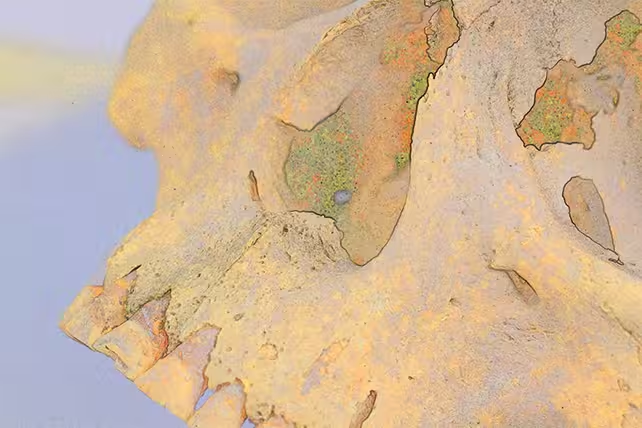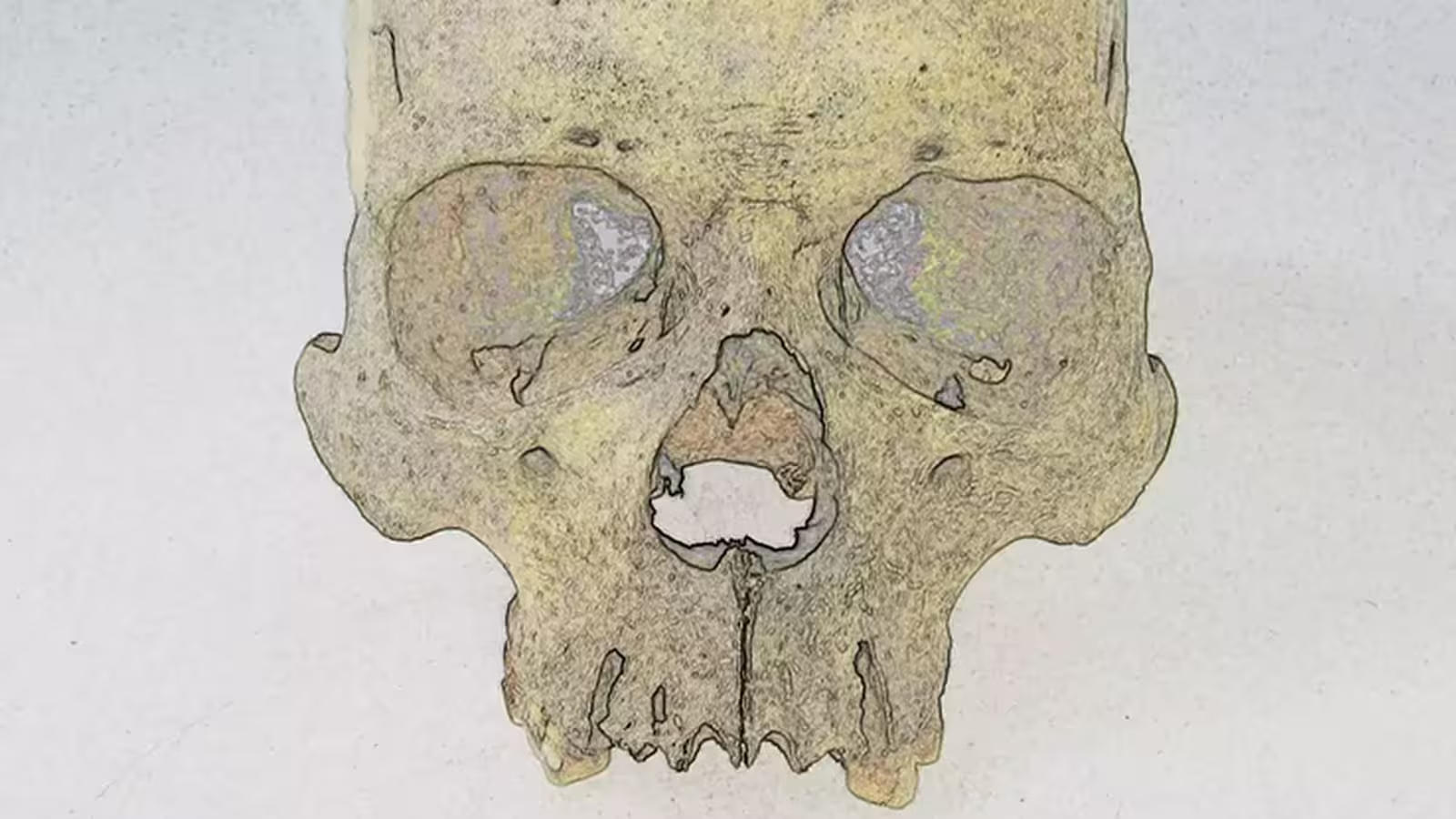3 Minutes
Uncovering an Ancient Health Mystery in the Americas
Groundbreaking new research has transformed our understanding of leprosy's ancient history in the Americas. Contrary to long-held beliefs that the disease was introduced by European colonizers in the 16th century, recent genetic analysis shows leprosy pathogens circulated in present-day Chile as early as 4,000 years ago, reshaping timelines for the arrival and evolution of this longstanding infectious disease.
Identifying Mycobacterium lepromatosis in Pre-Columbian Remains
A team of scientists from Germany, Argentina, and Chile utilized advanced ancient DNA sequencing techniques to analyze bones and teeth from two human skeletons found in Chile. Their rigorous genetic examination identified DNA signatures matching Mycobacterium lepromatosis—one of the two bacteria known to cause leprosy. This is especially significant since Mycobacterium lepromatosis is far less common than its better-known relative, Mycobacterium leprae, which has traditionally been traced across Eurasia and considered the primary agent responsible for leprosy's global spread.
Anthropologist Darío Ramirez from Argentina's National University of Córdoba commented, "We initially doubted the results, as leprosy has typically been associated with the colonial era in the Americas. However, detailed DNA analysis verified the presence of the lepromatosis strain."
Challenging Conventional Theories About Leprosy’s Origins
For decades, historians and medical researchers have had limited evidence of leprosy in the Americas before European contact, largely due to the scarcity of ancient human remains harboring clear markers of the disease. Previous genomic studies of M. leprae successfully documented the disease's presence throughout Eurasia thousands of years ago, reinforcing theories that European settlers brought leprosy to the New World.
The discovery of M. lepromatosis in Chilean skeletons from four millennia ago, along with recent findings of similar bacteria in pre-contact remains from Canada and Argentina, now demands a radical rethinking of the history and transmission routes of leprosy. According to researcher Kirsten Bos from the Max Planck Institute for Evolutionary Anthropology, "Ancient DNA analysis has become a vital tool in investigating the origins and long-standing persistence of infectious diseases in the Americas. Modern genomics allows us to uncover unexpected pathogens by going beyond traditional medical assumptions."

Implications for Disease History and Archaeogenomics
This new evidence of ancient leprosy demonstrates the power of bioarchaeological methods for reconstructing prehistoric health landscapes. Indigenous peoples of the Americas faced their own spectrum of diseases before European arrival, but distinguishing between endemic pathogens and those introduced later is challenging. Each archaeological find contributes new genomes that enrich our understanding of how diseases diversify, evolve, and spread over millennia.
Notably, M. lepromatosis remains an elusive bacterium; only identified in recent years, its geographical spread and zoonotic origins are still under investigation. These new findings highlight the importance of targeted screening and the potential for missed discoveries when researchers are not actively looking for unexpected pathogens. "Now that we know leprosy was present in Chile 4,000 years ago, we can purposefully search for its traces elsewhere, expanding our knowledge of ancient disease ecology," says anthropologist Rodrigo Nores from the National University of Córdoba.
Conclusion
This landmark study reveals that leprosy, and specifically Mycobacterium lepromatosis, was present in the Americas much earlier than previously believed, transforming narratives about ancient mobility and disease transmission. As molecular techniques in archaeogenetics continue to advance, our ability to trace the complex histories of infectious diseases will only improve, offering deeper insights into human health, migration, and resilience across time.
Source: dx.doi



Comments